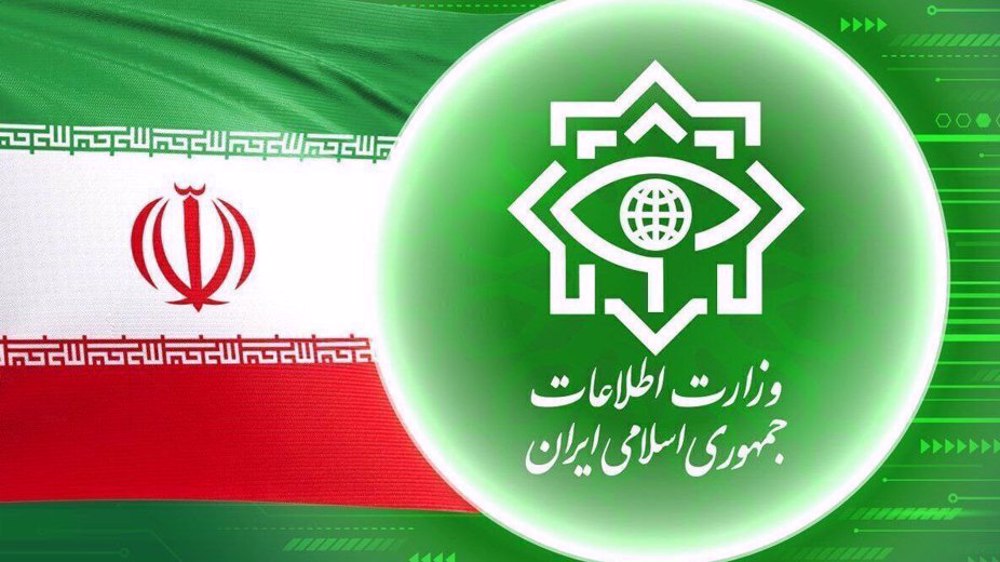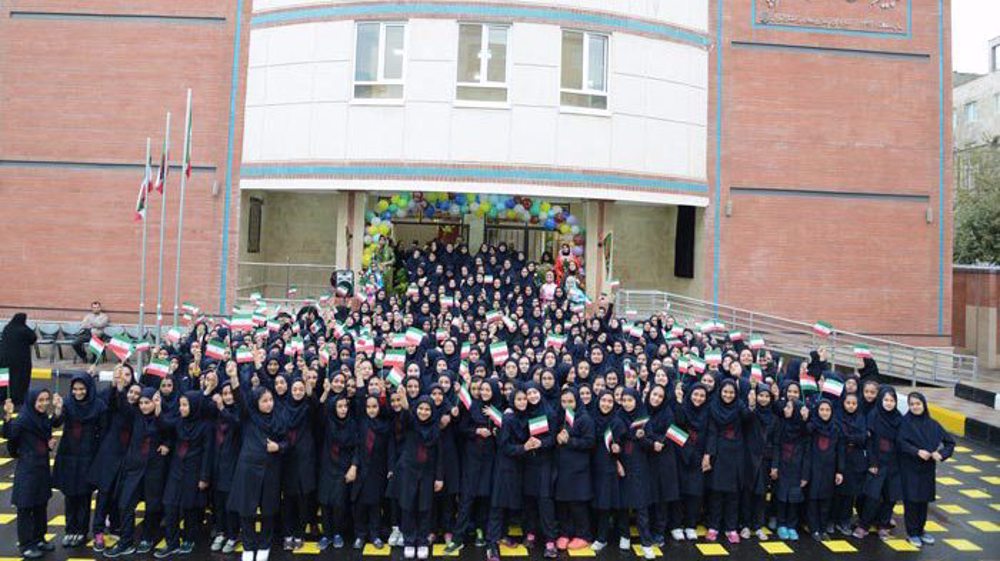No trace of toxic substances found in schools: Iran’s Intelligence Ministry
Iran’s Intelligence Ministry has concluded that no toxic substances were used in alleged poisoning attacks across the country, saying the use of non-toxic agents was behind the incidents that stirred public panic over the past few months.
In a statement released on Friday, the Intelligence Ministry laid out the final results of a thorough investigation it ran into the mysterious incidents, which started in late November in the city of Qom, where about 50 female students fell ill and had to be transported to the hospital.
Similar alleged poisonings have since occurred consistently in several other schools in Qom, Tehran, and Kermanshah in the west and Ardabil in the northwest, as a result of which scores of schoolgirls had to be hospitalized.
The ministry acknowledged that the incidents took place in the midst of violent riots after the death of 22-year-old Mahsa Amini in police custody in Tehran in mid-September.
“There were reports of the infirmity of students in some schools of the country and they gradually started to rise,” the statement said. “There was an inverse relationship between the gradual decline of riots and the rapid rise of the incidents resulting in the publicization of the students’ infirmity.”
Stressing that strict orders were immediately issued by Iran’s president, Interior Ministry and Health Ministry to investigate the issue, the statement said the Intelligence Ministry mobilized all its intelligence, security, technical, operational and laboratory capabilities to discover the causes and factors.
The ministry said there were five factors involved in creating or inducing infirmity in various schools across the country, which included stink bombs, pepper sprays, panic-inducing odorous agents, anti-security goals and mass hysteria agents.
Pointing to its field and laboratory findings, the ministry also said “malingering” was among the proved causes of the incidents, with the aim of playfulness, skipping classes and exams, and in a few cases, causing tumult and riots.
“Toxic substances have not been spread in any of the country’s schools, but non-toxic agents that have caused panic have been used inadvertently or intentionally in some reported settings,” the statement said.
It added that several people charged with using the above-mentioned substances were identified, summoned, or arrested, and as per their violations or crimes, they were introduced to the judicial authorities.
It further underlined its key finding that there has been no network for the distribution of poisonous substances in the country, saying that there are, however, many cyber networks both inside and outside the country that produce and spread rumors to incite school fear, close schools, provoke parents of students to protest, and deliberately accuse the Islamic establishment.
The statement said a significant number of such networks have been tracked and identified, and all of their members have been or will be prosecuted.
Elsewhere, the Intelligence Ministry highlighted the “completely obvious and undeniable” role of the enemies in fueling the incidents. It said individuals, centers, groups and the Western media focused heavily on the issue in the past few months.
“Also a number of foreign politicians and foreign institutions and international organizations, who played the role of fueling the conflict, formed a link in the chain of the hybrid warfare,” the statement noted.
Pointing to the negative and destructive effects of the alleged poisoning on the society, especially on the students, young children and their parents as well as the education system, the ministry made clear that the Islamic Republic is “determined to deal seriously and without complacency” with those stirring the incidents.
“The right to the legal prosecution of individuals, groups, media, and affiliated human media who made accusations against the establishment or against innocent people and movements along the lines of the enemies of the Iranian nation will be reserved,” the statement concluded.
US fighter aircraft shot down ‘in friendly fire’ amid aggression on Yemen
Yemeni FM: Israel’s sponsors accountable for ongoing aggression on Sana’a
Eight Palestinians killed as Israel attacks Gaza school, hospitals
VIDEO | Rome, Milan host new protests in solidarity with Palestinians
Dec. 21: ‘Axis of Resistance’ operations against Israeli occupation
Spain jurists demand ties with Israel ties be cut
VIDEO | Press TV's news headlines
VIDEO | Iran honors top Science Olympiad medalists











 This makes it easy to access the Press TV website
This makes it easy to access the Press TV website